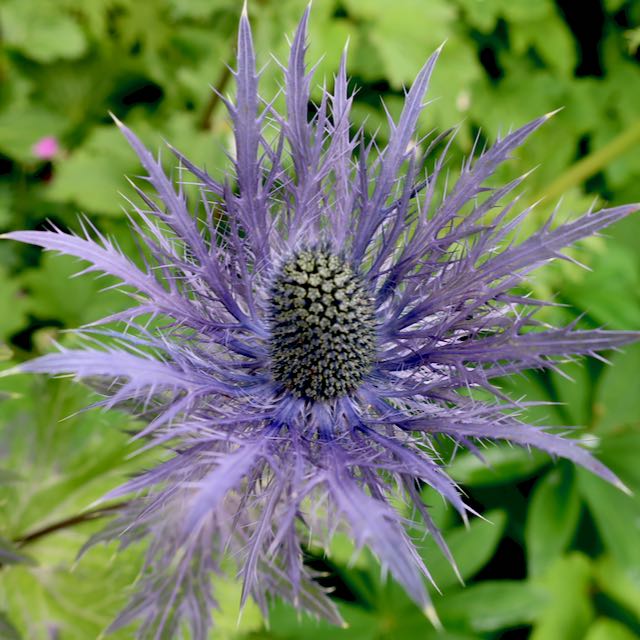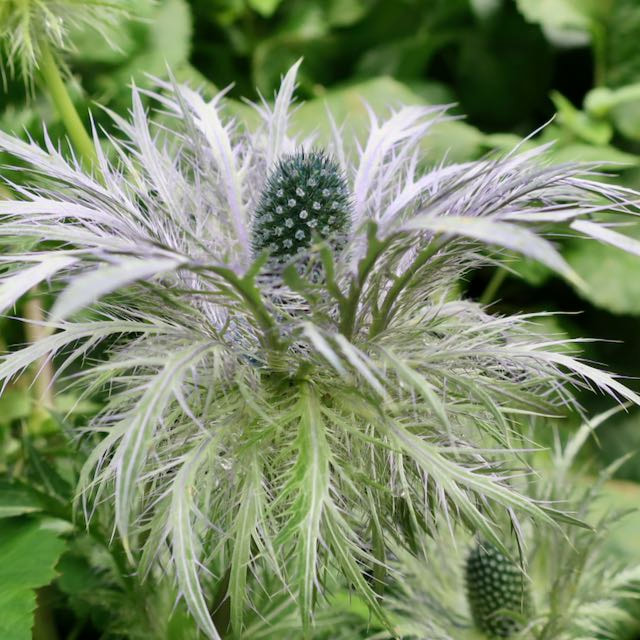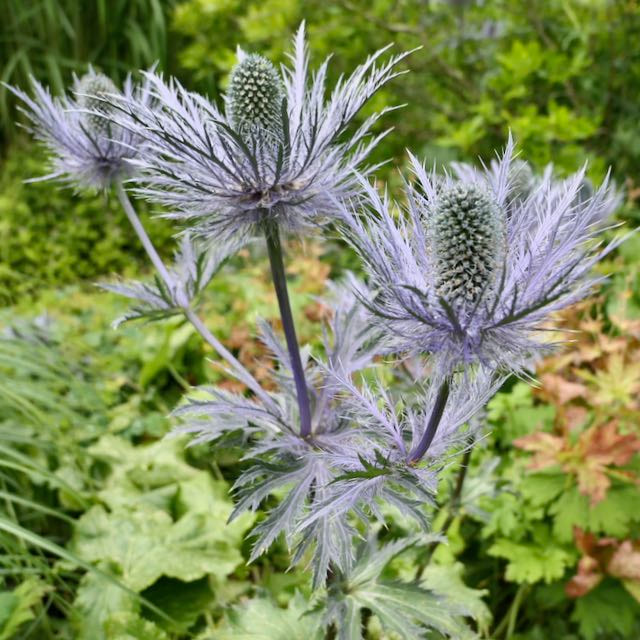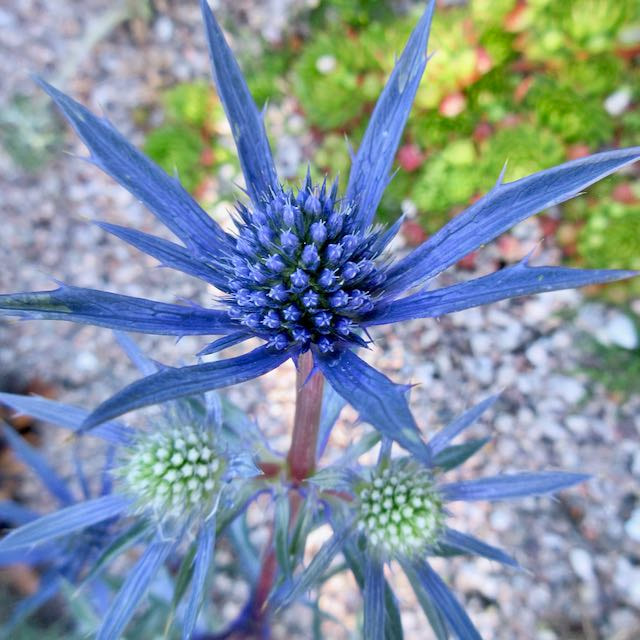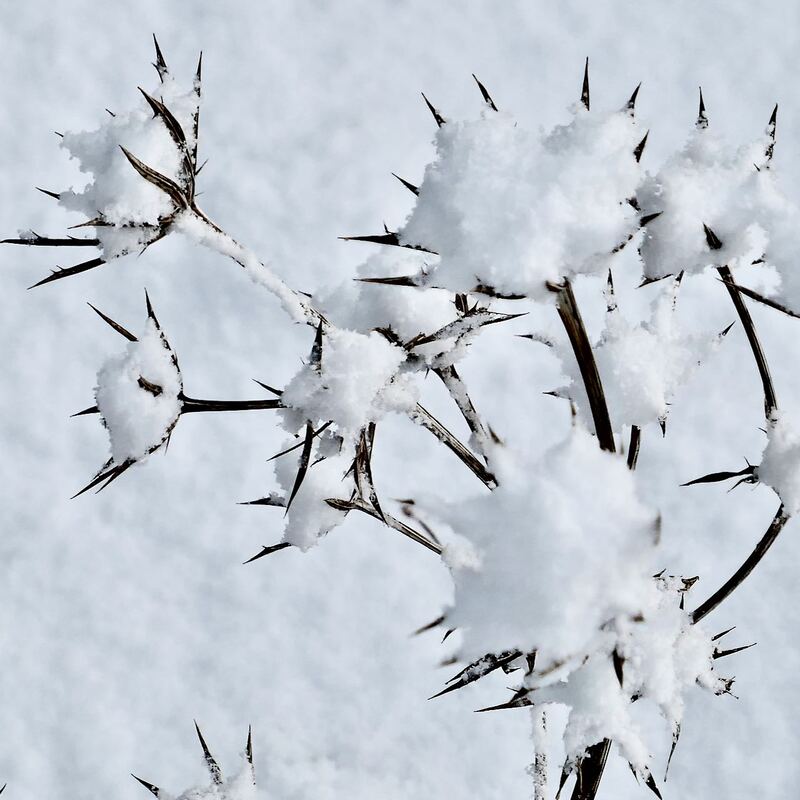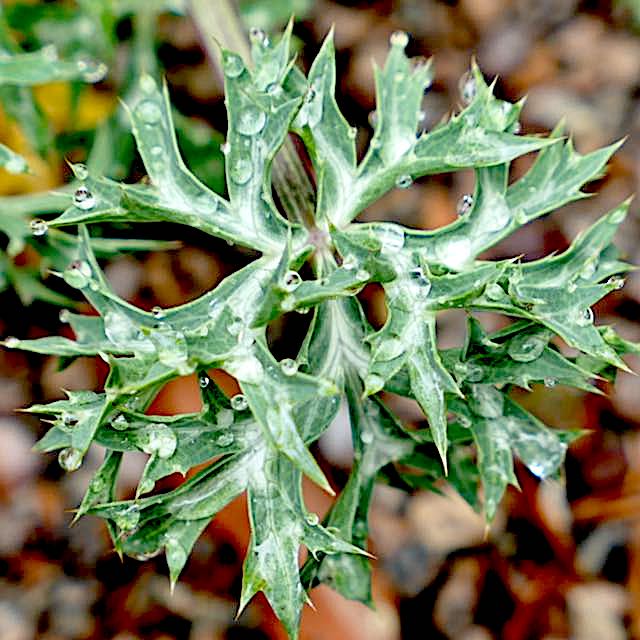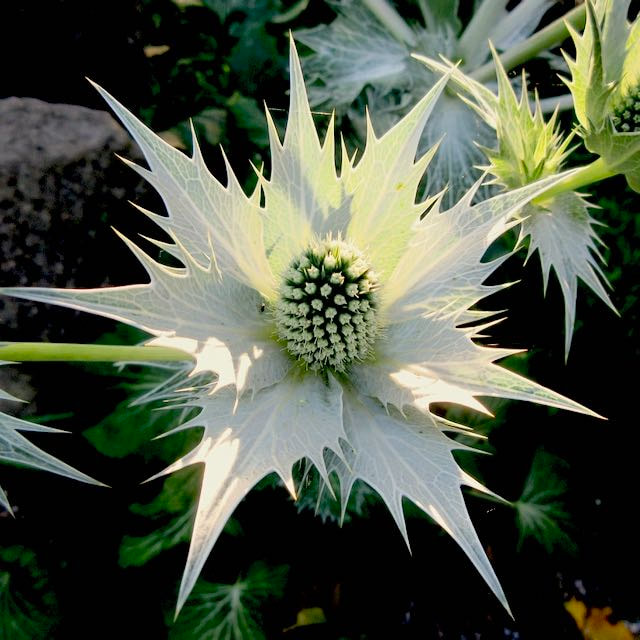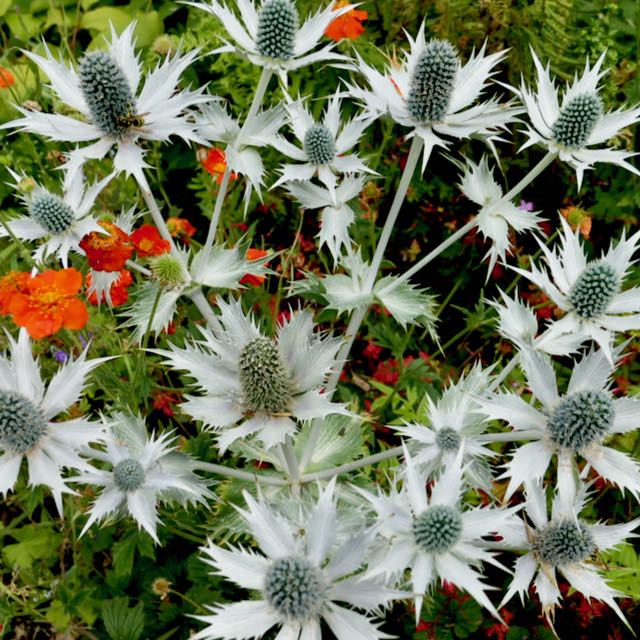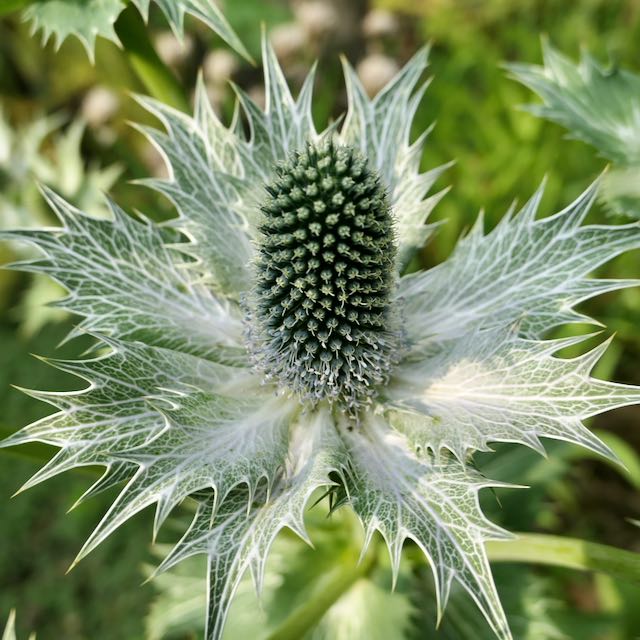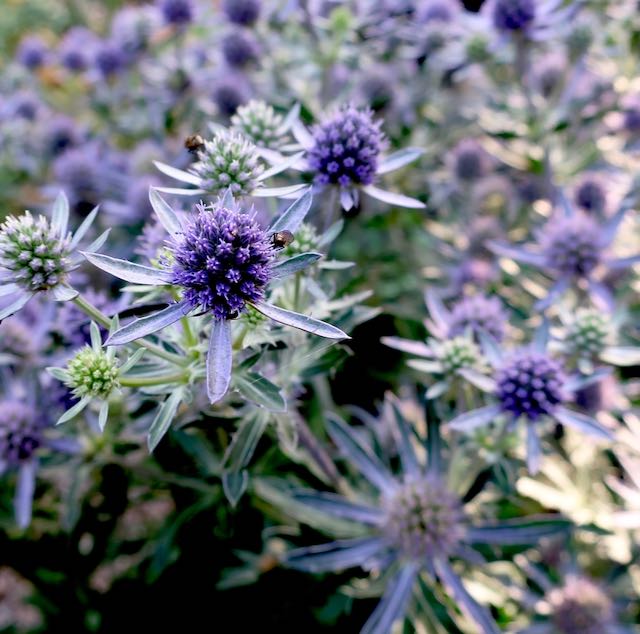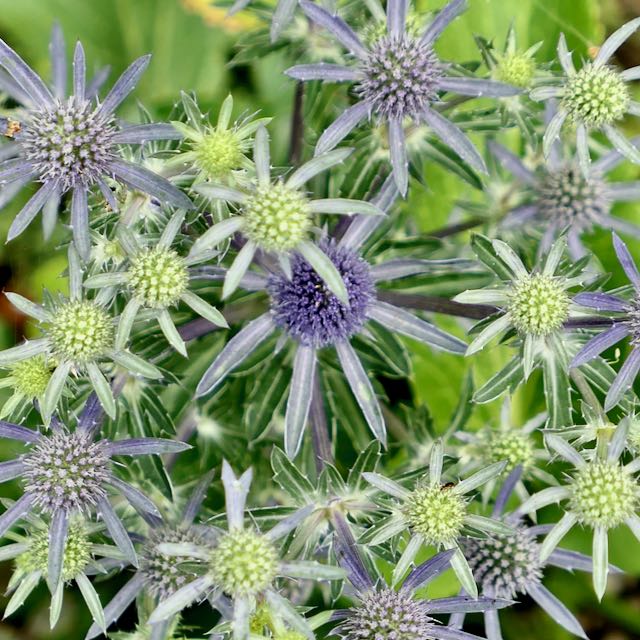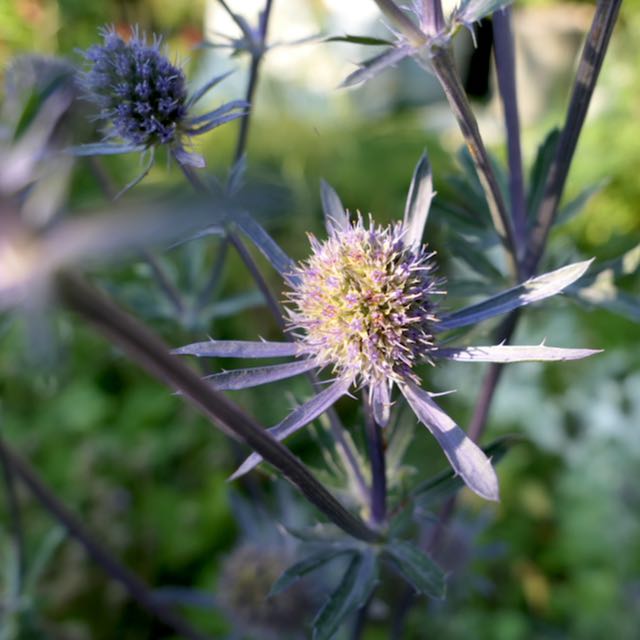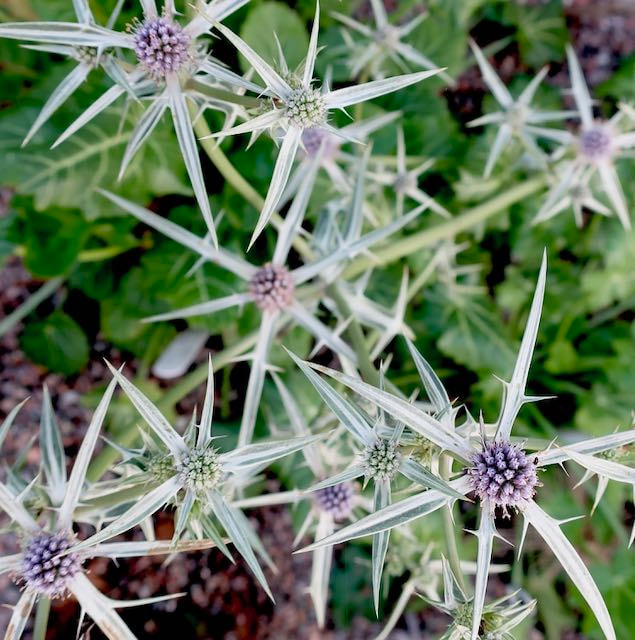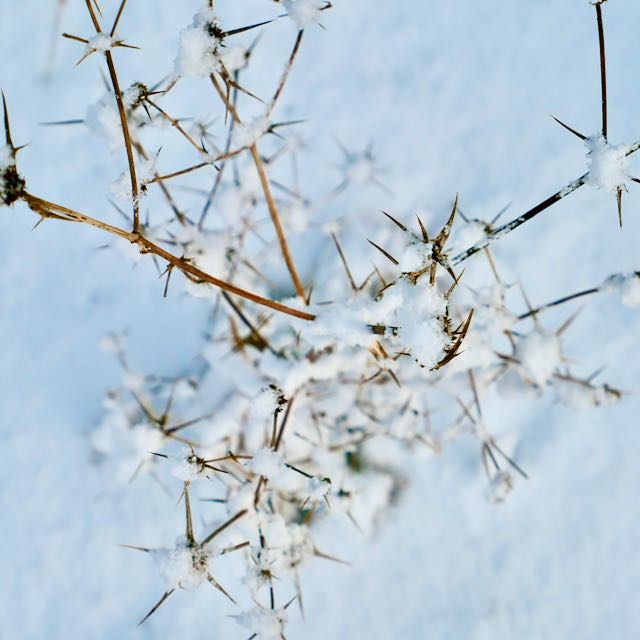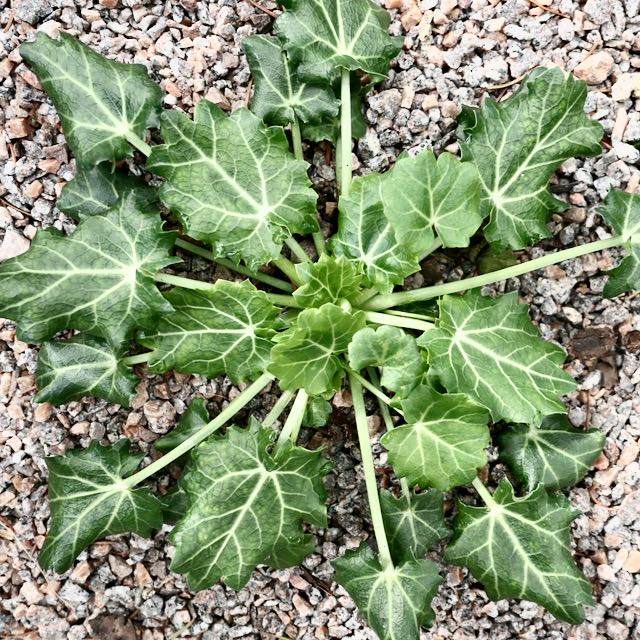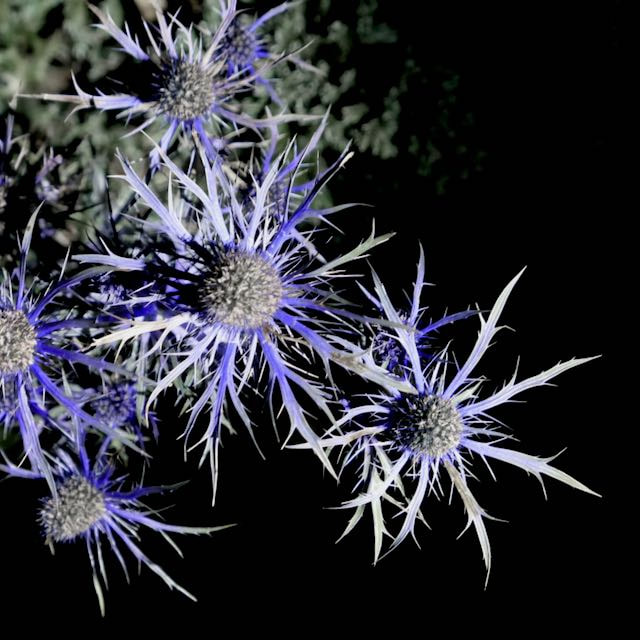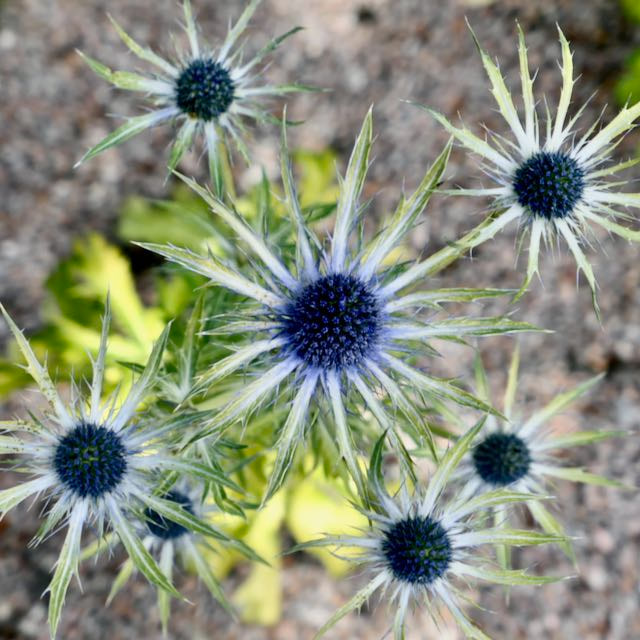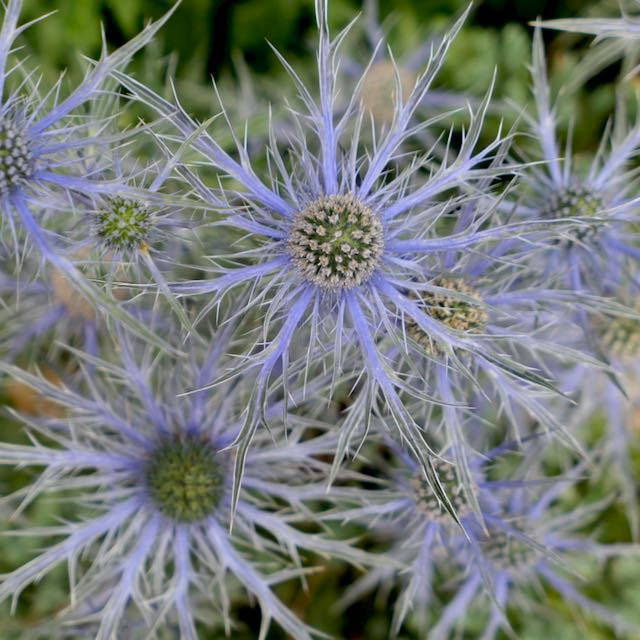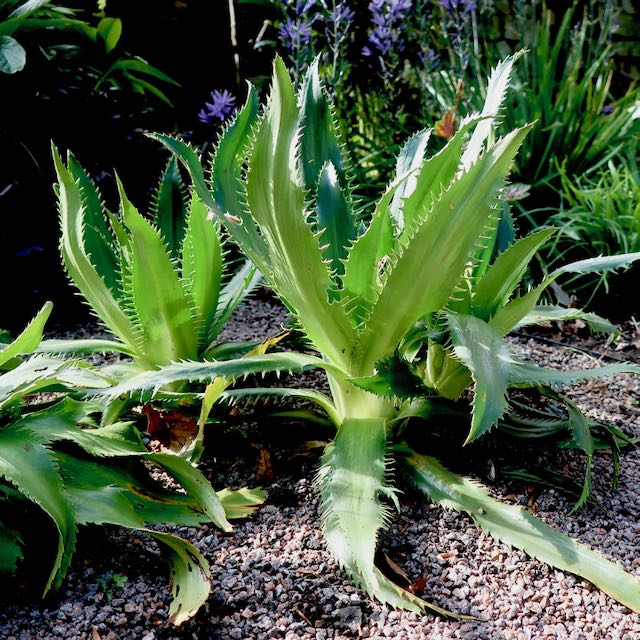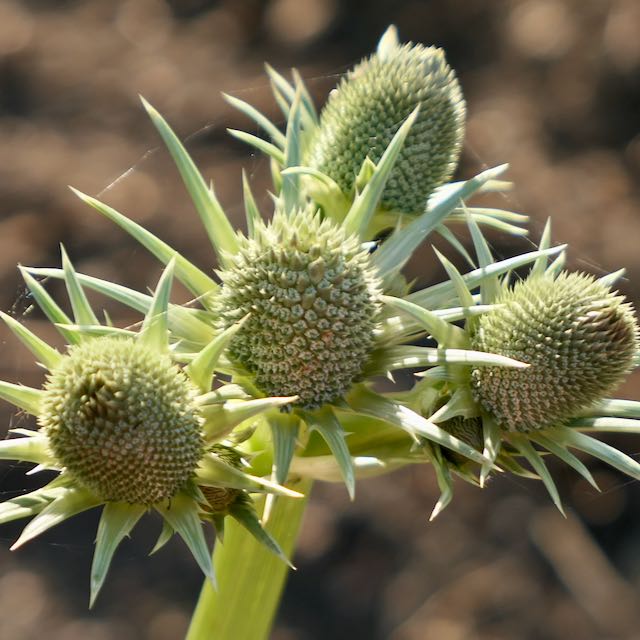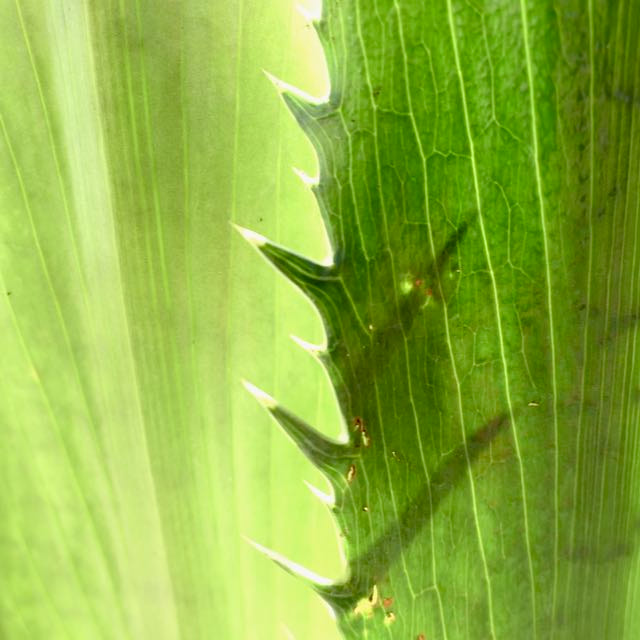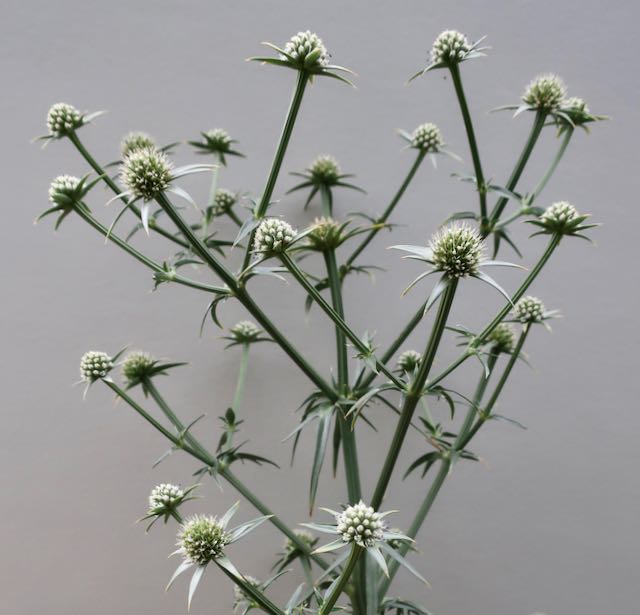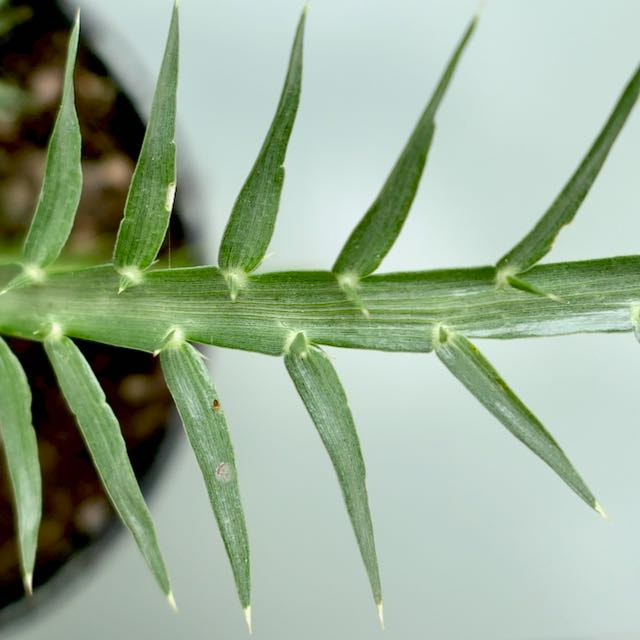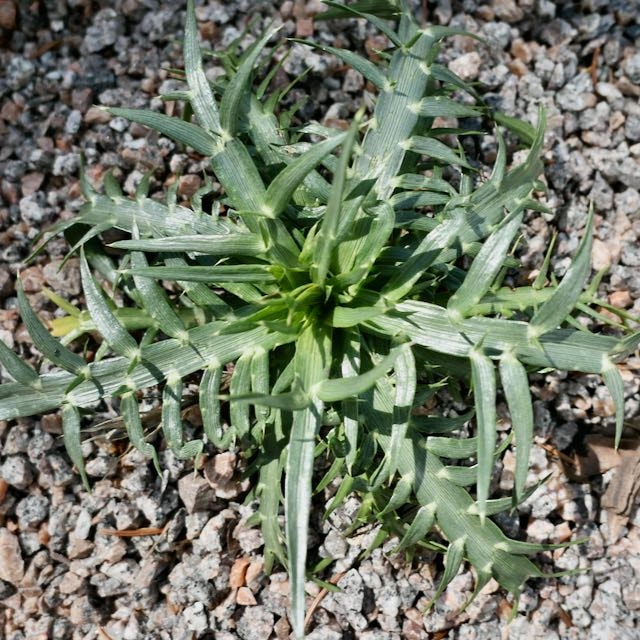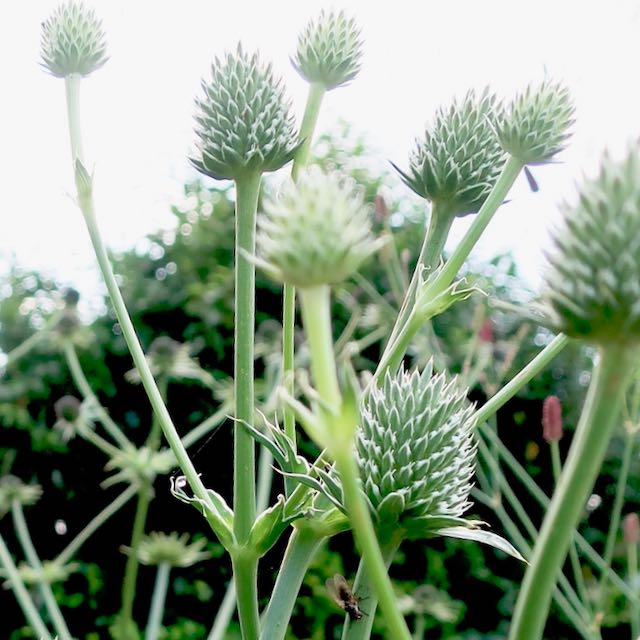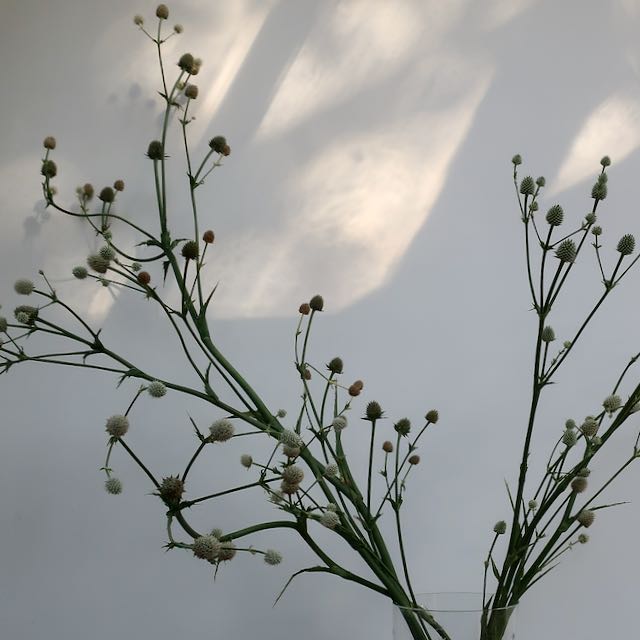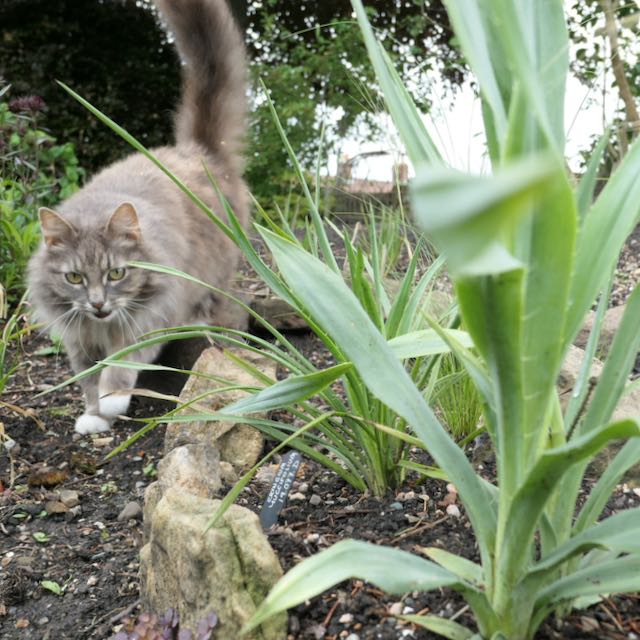Classic 'Old World' eryngiums (Eryngium subgenus Eryngium)
Eryngium alpinum (Alpine Sea Holly)
a spectacular floral display
|
Plant type herbaceous perennial border plant, 100cm x 50cm (h x w) Soil moist, fertile, well-drained, preferably on the alkaline side of neutral Aspect full sun or part shade Hardiness hardy to at least -15C Don't be misled by the name. Eryngium alpinum is not what most gardeners think of as an 'alpine' plant. For one thing it stands up to a metre high. What's more, in its natural habitat - alpine and subalpine France, Switzerland and Croatia - it grows in moist, nutrient-rich meadows rather than than on scree slopes or rocky outcrops. This means it is happier in ordinary garden soil than it would be in a rockery. French speakers call Eryngium alpinum 'la Reine des Alpes', Queen of the Alps, and the majestic silvery-purple flower heads, with their generous ruffs of feathery involucral leaves, fully justify the name. These distinctive inflorescences, combined with the large, soft, heart-shaped basal leaves, make the plant difficult to mistake for any other species of sea holly. Availability
Unfortunately relatively few nurseries offer this beautiful plant. Can be grown from seed, although this requires patience, cold stratification and a certain amount of luck. |
Eryngium bourgatii (Mediterranean Sea Holly)
a splendid all-rounder
|
Plant type herbaceous perennial border plant, 60cm x 50cm (h x w) Soil well-drained, average to moderately fertile, neutral to alkaline Aspect full sun or part shade Hardiness hardy to at least -15C Its flowers may be less complex than the look-at-me blooms of E. alpinum, but Eryngium bourgatii amply compensates for that with its clouds of handsome, crisp, much-divided variegated leaves. Eryngium bourgatii is relatively common in rocky, arid and generally infertile alpine habitats around the Mediterranean, and makes a good plant for drier parts of the garden. That said, one of the smallest and saddest examples we've seen was in the famously never-watered gravel garden at The Beth Chatto Gardens, so it's worth giving it a splash or two from the watering can during a drought. Availability
Fairly widely available as a nursery plant in a variety of cultivars. Easy to grow from seed - in fact it's an enthusiastic, but never troublesome, self-seeder over short distances. |
Eryngium giganteum (Miss Wilmott's Ghost)
sturdy structural self-seeder
|
Plant type herbaceous biennial border plant, 100cm x 50cm (h x w) Soil virtually any well-drained soil Aspect full sun or part shade Hardiness hardy to at least -20C In its native range - Northern Turkey through to the western Caucasus - Eryngium giganteum is a pioneer species, growing on soil exposed by landslides, floods, erosion or construction work. Its lifestyle makes it good at fending for itself, and it readily self-seeds over a large area. Eryngium giganteum is a biennial. In its first year it produces a rosette of soft, broad, heart-shaped leaves. The following year it produces a generous spray of spiky white or silvery-blue flower heads. As with many sea hollies, these flower stems can be left standing to provide winter interest. The common name references plantswoman Ellen Wilmott (1858-1934), who supposedly surreptitiously scattered seeds of Eryngium giganteum in gardens she visited. If anyone is aware of any primary source supporting this frequently repeated claim, please let us know! As for the Latin name, Eryngium giganteum falls well short of being the most gigantic member of its genus; some 'New World' species have inflorescences more than twice as tall. Availability
Widely available as a one- or two-year old nursery plant, and easily grown from fresh seed sown direct in late autumn. |
Eryngium planum (Flat-leaved Sea Holly)
smaller flowers... but masses of them!
|
Plant type herbaceous perennial border or container plant, 30-100cm x 2-50cm (h x w) Soil moderately fertile, moist but well-drained, neutral to moderately alkaline Aspect full sun or part shade Hardiness hardy to at least -15C The most widely available Eryngium species in the UK, Eryngium planum is sold under a baffling variety of cultivar names, some representing genuinely distinct forms, others rather more questionable. Small varieties such as 'Blue Hobbit' are suitable for container growing. Others are large and gangly and require staking in exposed situations. Depending on the variety, it bears compact or loose groups of up to 40 or more smallish individual flower heads, purplish blue or silvery white according to the cultivar. These are very popular with bees, wasps and other small pollinators. The basal leaves are (initially) spoon-shaped or (later) heart-shaped. In the wild, Eryngium planum is widespread from Eastern Europe through Western and Central Asia to Western China. It grows at lower levels than E. alpinum and E. bourgatii, mostly on ground - such as lakesides and river banks - that is damp in late winter and spring and drier in summer and autumn. Availability
Widely available as a nursery plant or as a bare-root plant, often incompletely identified and sometimes misidentified. Easy to grow from seed. |
Eryngium variifolium (Moroccan Sea Holly)
stylish evergreen foliage
|
Plant type evergreen perennial border or container plant, 20cm x 50cm (h x w) Soil fertile, dry or moist well-drained, neutral or moderately alkaline Aspect full sun or part shade Hardiness hardy to at least -15C The name 'Moroccan Sea Holly' has led many nurseries and garden writers to mistakenly advise that this is a plant for dry areas. It does indeed grow in Morocco, but exclusively in damp alpine environments such as the banks of streams, in bogs or by springs. So rather than being a plant for the dry garden, this is in fact an ideal sea holly for damper spots. Eryngium variifolium's cream-veined, glossy green leaves persist as a neat rosette in winter - one of the few 'Old World' eryngiums to stay green year-round. In early summer it sends up small purplish flower heads surrounded by long, sword-like involucral leaves in the same smart cream-and-white colour scheme as the leaves. Over time, this species forms substantial clumps which, unlike some other sea hollies, can be relatively easily divided and replanted to increase your stock. The flowers have an odd and rather unpleasant smell, so this is one sea holly that is best left out in the garden rather than used as a cut flower. Availability
Widely available as a nursery plant, sometimes mistakenly sold as Eryngium tricuspidatum. Fairly easy to grow from seed. |
Eryngium x zabelii
bold, bushy and beautiful
|
Plant type herbaceous perennial border plant, 75cm x 75cm (h x w) Soil average to moderately fertile, well-drained, neutral to alkaline Aspect full sun or part shade Hardiness likely hardy to at least -15C Eryngium x zabelii is an attractive hybrid - or group of hybrids - between E. alpinum and E. bourgatii. As such it combines some of the best features of each of its parents. Like E. alpinum its flower heads have a ruff - albeit a less generous one - of feathery involucral leaves. Like E. bourgati iit has deeply divided - but not so sharply spiny - white-veined leaves. This is a robust, vigorous plant that develops into a substantial clump over the course of a year or two. May require staking in exposed sites. Eryngium x zabelii (like the similar Eryngium x oliverianum) is a garden hybrid, that's to say it is not known to have arisen in the wild. Availability
Widely available as a nursery plant. There are several popular cultivar, including 'Jos Eijking' and 'Big Blue'. Does not normally set viable seed and hence is propagated by root cuttings, which can take a long time to establish. |
Classic 'New World' eryngiums (Eryngium subgenus Monocotyloidea)
Eryngium agavifolium (Agave-leaved Sea Holly)
dramatic foliage with a lush, tropical look
|
Plant type evergreen perennial border plant, 75cm x 125cm (h x w) Soil well-drained, moderately fertile to fertile soil Aspect full sun or part shade Hardiness hardy to at least -15C The perfect plant for lending a touch of exoticism to an urban or courtyard garden, Eryngium agavifolium - which hails from central Argentina - has a rosette of fleshy, sword-shaped, saw-toothed leaves that begin to reach skywards as flowering season approaches. The flower heads consist of a tight cluster of thumb-sized yellow-green umbels surrounded by a ruff of short, stubby spikes - dramatic, but not everyone's cup of tea. If you really don't like them you can simply lop them off. Eryngium agavifolium is an adaptable plant, and providing it gets a reasonable amount of sunshine and good winter drainage it can cope with most soils. In drier, less fertile spots it will stay small; give it rich soil and plenty of water in late spring and early summer and it can become a commanding presence in the garden. Availability
The easiest to come by of the 'New World' sea hollies and widely available as a nursery plant. Readily grown from seed. |
Eryngium venustum
a compact rosette of distinctive leaves
|
Plant type evergreen perennial border or container plant, 40cm x 30cm (h x w) Soil average to moderately fertile, well-drained, neutral to alkaline Aspect full sun or part shade Hardiness hardy to at least -15C This Mexican plant is a relative newcomer on the European garden scene - in fact the species wasn't even officially defined until 1980. The pert white flower heads are pleasant enough, but for us Eryngium venustum's main appeal lies in its distinctive fishbone-shaped leaves. These form low, neat rosettes and look especially attractive in a rockery or gravel garden setting. Although reports suggest that the flower stems can reach to 2m in the wild, in our experience they achieve less than half that height in the UK. In its native habitat, Eryngium venuistum is a plant of rocky mountain slopes and light high-altitude woodland. We have found that it can tolerate a fair amount of shade and requires no special protection in an average British winter. Availability
Available from a few specialist nurseries. Fairly straightforward to grow from seed, which does not need cold stratification. |
Eryngium yuccifolium (Rattlesnake Master)
lush blue-green leaves, honey-sweet flowers
|
Plant type evergreen/semi-evergreen perennial border plant, 150cm x 75cm (h x w) Soil poor to fertile, well-drained, slightly acid, neutral or alkaline Aspect full sun, part shade Hardiness hardy to around-10C The handsome, upright, blue-green sword-shaped leaves of Eryngium yuccifolium pair well with ornamental grasses, hearkening back to the plant's native habitat in the prairies of the southeastern United States. It gets its popular names of Rattlesnake Master and Button Snakeroot from the traditional belief that its sap is a preventative against snakebites. The white flower heads, carried on tall, branching stems, have a delightful honeyed scent and these flowering stems make striking cut flowers - providing you own a tall enough vase! In exposed spots the plant may die back above ground in winter, but will re-emerge in spring, In a sheltered spot the leaves will stay green through winter, to be replaced with new ones from March onwards. Availability
Plants available from specialist nurseries. Fairly easy to grow from seed. |
Need growing advice? Check out our FAQ
Just for the record...
The vast majority of eryngiums grown in European gardens belong to one or other of the two subgenera above, Eryngium and Monocotyloidea. Consequently gardeners tend to think - if they think about classifying eryngiums at all - in terms of 'Old World' and 'New World' species.
As a rule of thumb, 'Old World' eryngiums have broad leaves with branching veins, and 'New World' ones have strappy leaves with parallel veins.
However things aren't really quite so straightforward. According to the latest thinking there are in fact six subgenera of Eryngium. Or maybe seven; the sea holly family tree is nothing if not complicated!
The vast majority of eryngiums grown in European gardens belong to one or other of the two subgenera above, Eryngium and Monocotyloidea. Consequently gardeners tend to think - if they think about classifying eryngiums at all - in terms of 'Old World' and 'New World' species.
As a rule of thumb, 'Old World' eryngiums have broad leaves with branching veins, and 'New World' ones have strappy leaves with parallel veins.
However things aren't really quite so straightforward. According to the latest thinking there are in fact six subgenera of Eryngium. Or maybe seven; the sea holly family tree is nothing if not complicated!
